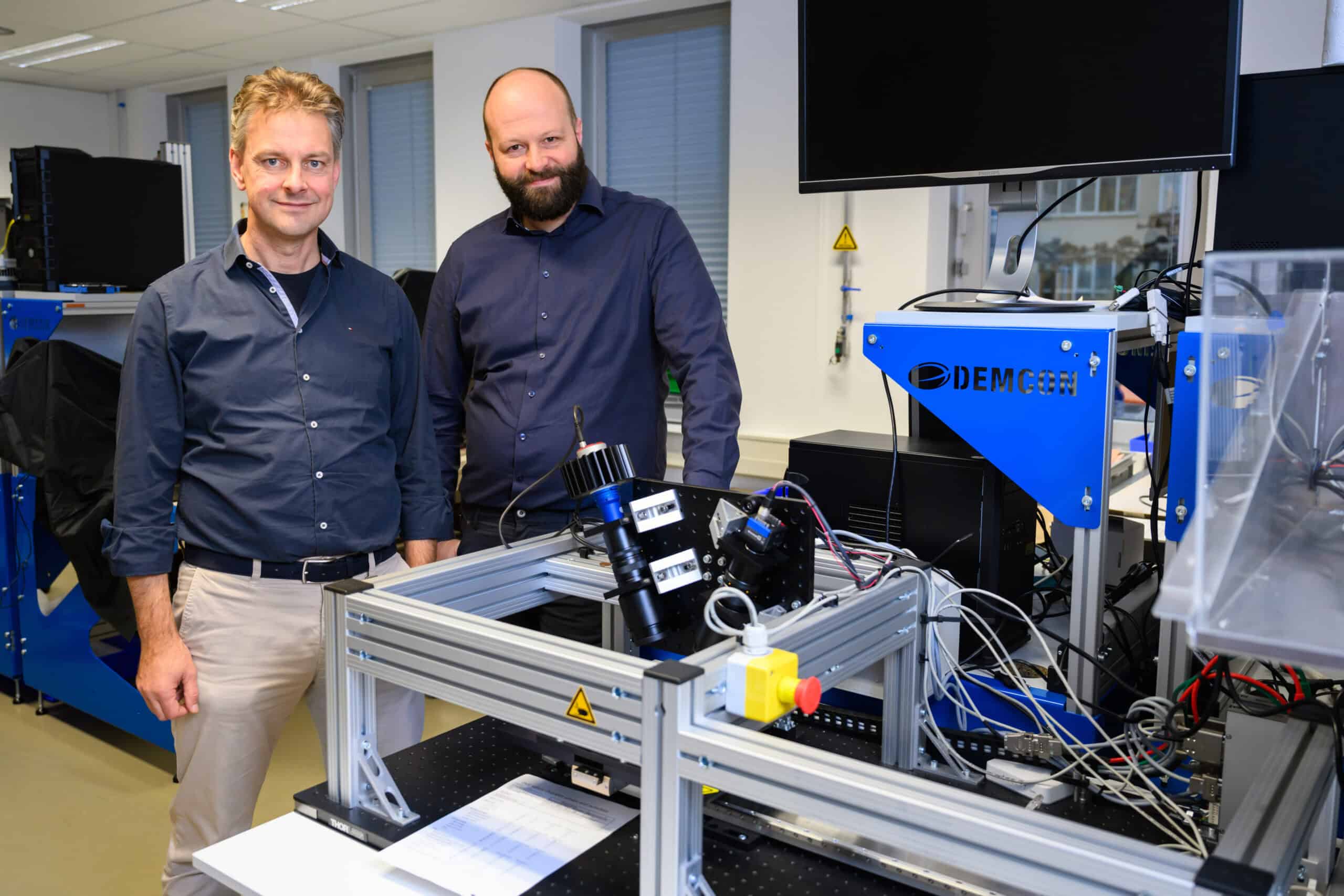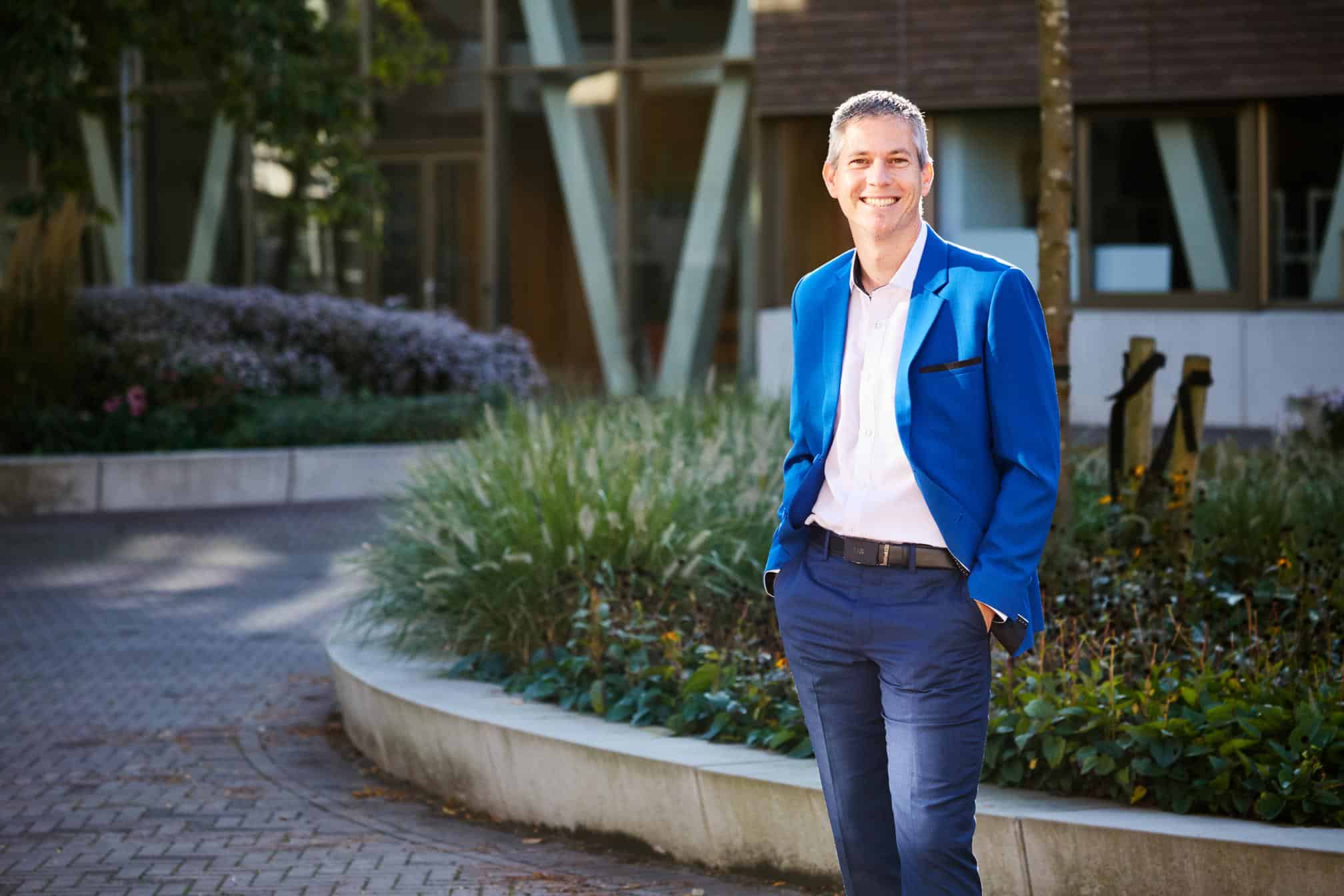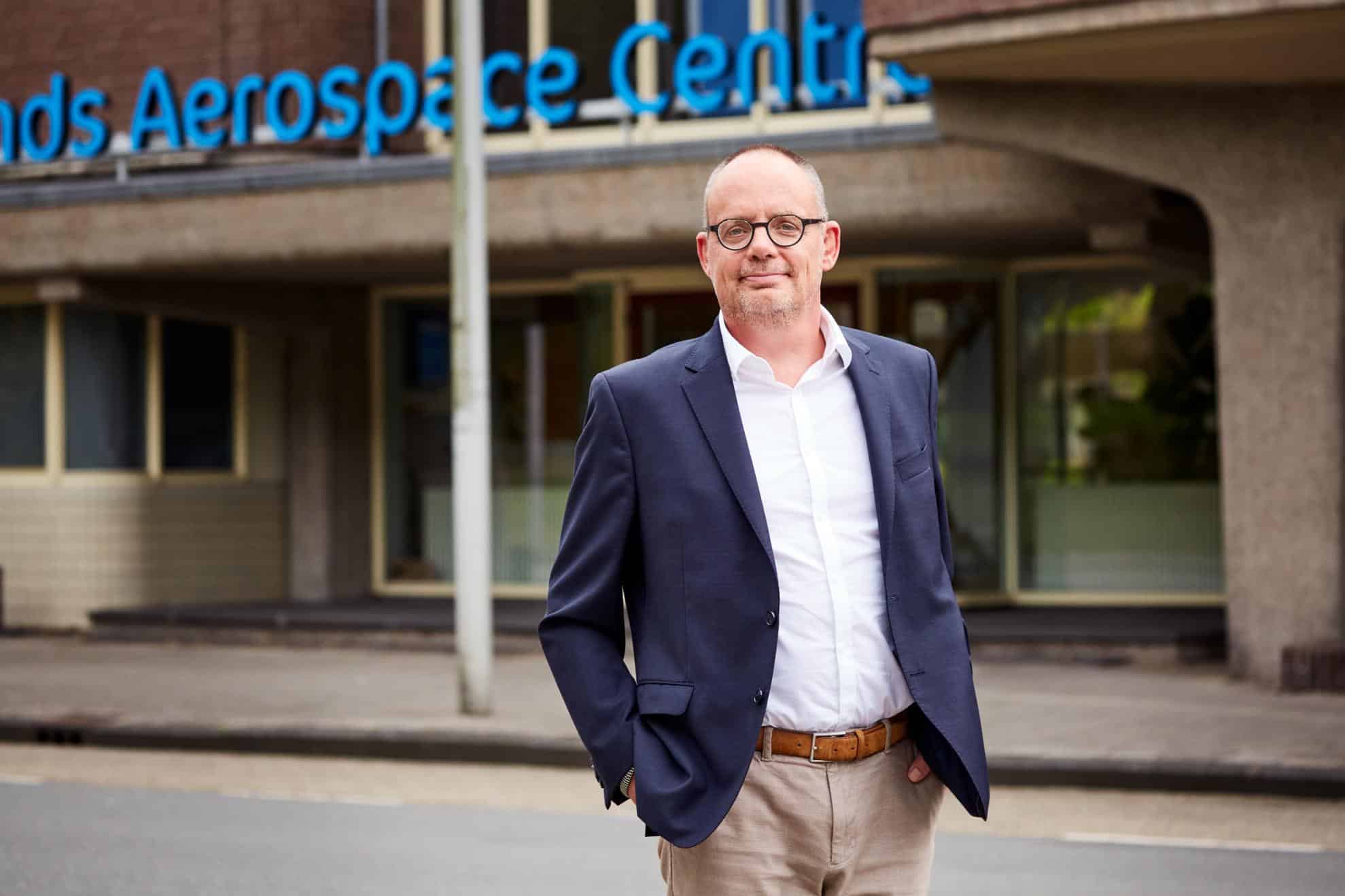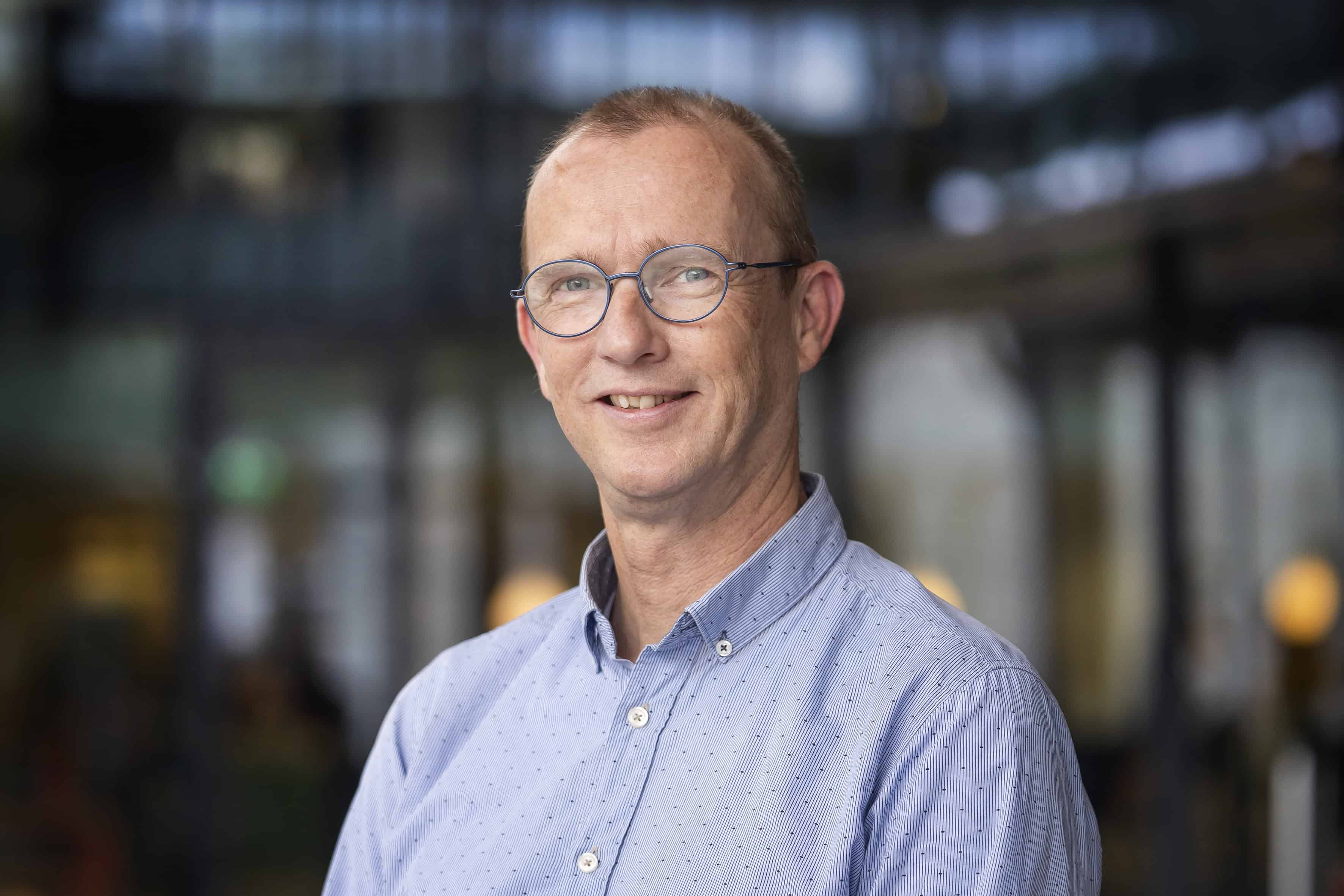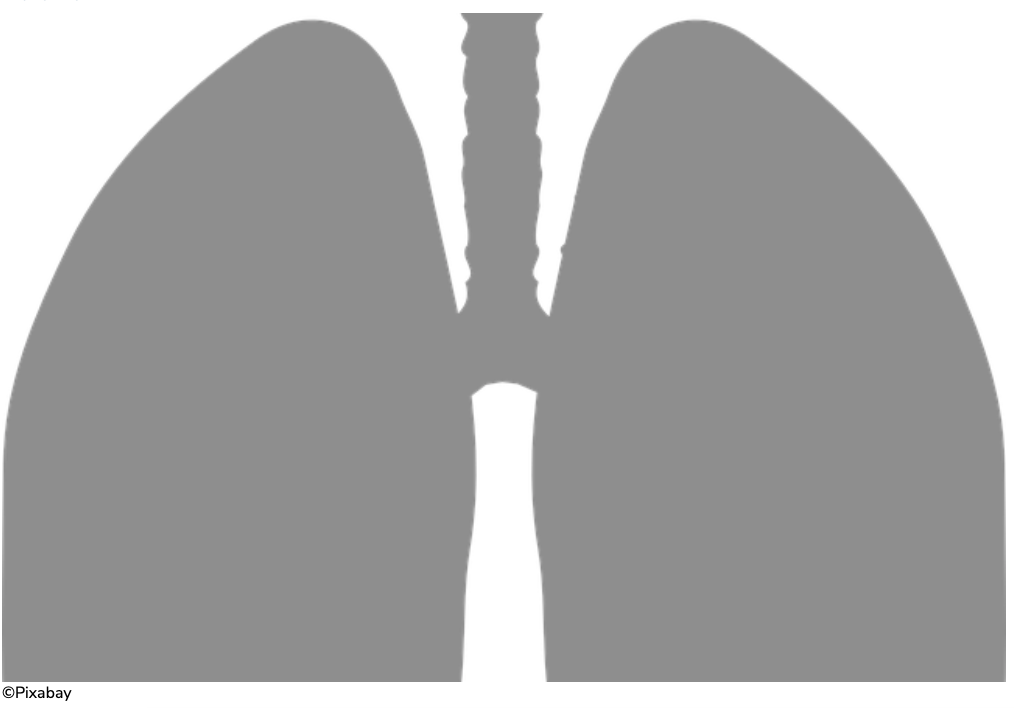
For patients unable to breathe well enough unaided, artificial respiration provided by a ventilator can be life-saving. Mechanical engineer Joey Reinders developed self-learning algorithms that enable the ventilator to deliver exactly the right air pressure and adapt to the patient. He succesfully defended his doctoral research at the department of Mechanical Engineering last week.
As the corona pandemic breaks out, his colleagues at the engineering firm Demcon commit to taking a new ventilator from the drawing board to the hospital bed within a month, whereas doctoral candidate Joey Reinders is already working on new developments for the next generation of mechanical ventilation. In a combination project between TU/e and Demcon, he is researching how a respiratory device can adapt to a patient. Although he gets underway well before the start of the COVID-19 crisis, the pandemic inevitably casts his research on mechanical ventilation in a new light.
Read the complete article via this link.
The technique that Reinders used to do this is called Repetitive Control. This learns from equipment errors recorded during earlier breaths, subsequently correcting them within a number of breaths. In simulations with artificial lungs in a laboratory setting, it was revealed that by using this technique the pressure profile can be followed more precisely than is possible using current mechanical ventilation.
Reinders also developed a couple of self-learning algorithms that can aid the choice of optimum treatment for ICU patients able to breathe with partial assistance. “The breathing of sedated patients is very regular. But if patients are themselves breathing, the interaction with the device is all the more important. And so the new algorithms can estimate the patient’s own breathing and determine whether the patient and ventilator are breathing in synchrony.”
Reinders and his colleagues hope that these self-learning algorithms will bring patients one step closer to autonomous respiration. “In short, this means intubating the patient, switching on the mechanical ventilation, which itself determines the best treatment, and waiting a number of days until it reports that the patient can be taken off the respiratory device.”
Read next: New therapy helps corona patients breathe on their own again
Selected for you!
Innovation Origins is the European platform for innovation news. In addition to the many reports from our own editors in 15 European countries, we select the most important press releases from reliable sources. This way you can stay up to date on what is happening in the world of innovation. Are you or do you know an organization that should not be missing from our list of selected sources? Then report to our editorial team.


